| Imperial Contemporary Carnival Glass |
| Imperial first began making Carnival Glass in about 1908, although they produced other lines beginning in 1904. They made their first reissues of Carnival in 1962. Imperial issued a catalog called "66A" which may refer to the year 1966. Catalog "66A" shows pieces made in marigold and smoke which were the only colors made by Imperial in contemporary carnival glass at that time.
Most, but not all, items from this period were marked with the well known IG. In 1972 Lenox bought Imperial and continued to produce the Carnival line, adding an L to the IG mark. In 1981 Arthur Lorch purchased the company and added the A to the LIG.
In 1982, the company was sold to Robert Stahl. He devised a new mark with a capital "N" superimposed over the stylized "I", which stood for New Imperial. This mark is only seen on a Santa Bell, which may have been the only item made by "New Imperial" as Mr. Stahl declared bankruptcy in 1984.
Consequently, most of Imperial's molds were sold and came into the hands of other companies, notably Summit Art Glass and then Fenton. Some glass continued to be produced using these Imperial molds; some marked with the new makers mark and some still using the ALIG mark. |
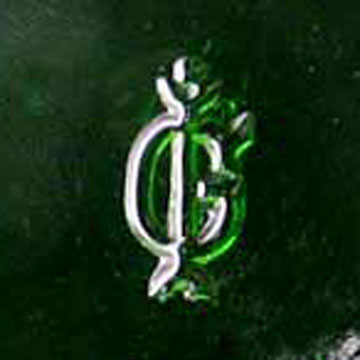 |
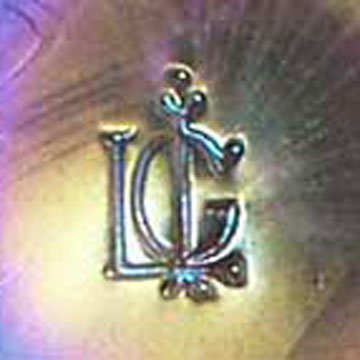 |
 |
 |
| During its manufacturing of contemporary carnival glass, Imperial would introduce a new color as a line of glass and produced that color for a period of years. An article appeared in the August 1983 Encore newsletter about Imperial colors. Imperial may have been producing a number of colors at a given point in time as follows: |
Rubigold (marigold), 1965-1972, IG
Peacock (smoke), 1965-1972, IG
Helios (green), 1967-1970, IG
Sunset Ruby (red), 1968-1973, IG
Azure Blue (ice blue), 1969-1970, IG
Aurora Jewels (cobalt), 1970-1972, IG
Amber, 1973-1975, IG |
White, 1974-1976, IG
Pink, 1978-1982, LIG & ALIG
Horizon Blue (ice blue), 1979-1980, LIG
Meadow Green (ice green), 1980-1981, LIG
Amethyst, 1981, LIG
Sunburst Yellow, 1982 (ALIG) |
| Pieces found in colors other than those noted above yet with an Imperial mark were made by other makers after the closing of Imperial in 1984. Summit made Homestead and Chrysanthemum chop plates in vaseline and Geraline's Delight that still have the ALIG mark. |
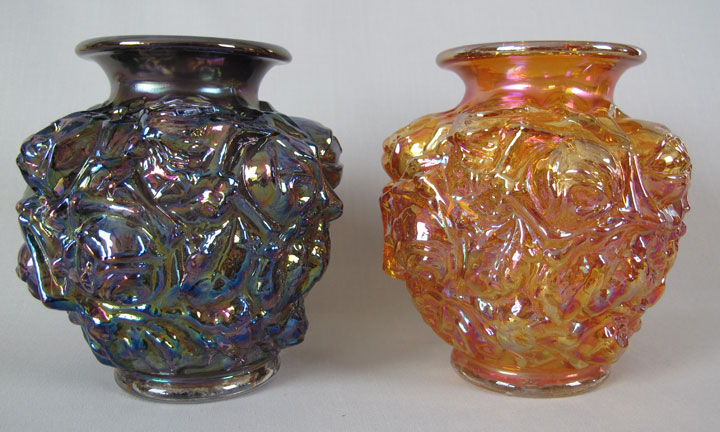 |
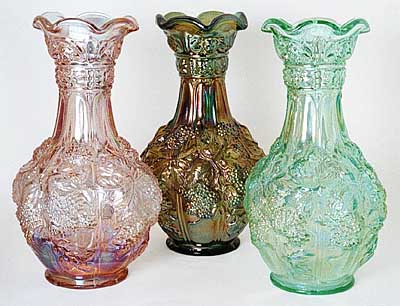 |
| Above are Labella Rose vases in Peacock (Smoke) and Rubigold (Marigold) and Loganberry vases in Pink, Helios Green and Meadow Green. |
| Save Imperial Committee and Pioneer Glass Company |
| After Imperial Glass closed in 1984, a committee to save the Imperial Glass Company and the factory was formed. Their purpose was to think of ways to raise money and promote Imperial. The "Save Imperial Committee" did have glass companies like Viking and LE Smith make some glass for them with about 40 different molds that had not been sold off. This glass was marked with an "SIC" for "Save Imperial Committee". The money raised was to try to save the factory property.
The "Save Imperial Committee" glass was mostly sold at gift shops around the Bellaire Ohio area and also at the "Hay Shed" which was Imperial's gift shop when they were in operation. The Hay Shed remained open and sold glass made by other companies using Imperial molds. This could be why many Summit pieces still retained Imperial marks; as it was made to be sold in Imperial's gift shop.
Then Maroon Enterprises bought the Imperial Glass Factory property in 1986 to develop it into an outlet mall. Before Maroon Enterprises bought the factory, Imperial had been operating in bankruptcy with plans for reorganization. However, the plan for reorganization was rejected and the Imperial Glass Co. was ordered into liquidation by the courts. During the liquidation time, in April 1985, Anna Maroon bought Imperial with the intention of perpetuating glass making in the area. For two to three years after the purchase, glass was still made at Imperial by former Fostoria glass workers from Moundsville under the name Pioneer Glass Company. The Save Imperial Committee had Pioneer make glass for them using some of the 40 molds they owned and also marking these pieces "SIC". But Pioneer made other glass for their own and Pioneer kept the IG marks on the pieces they made. But Pioneer was required to also mark these pieces with the year of manufacturer. Thus Imperial IG pieces can be found marked with "1987" and "1988" even though Imperial closed in 1984.
|
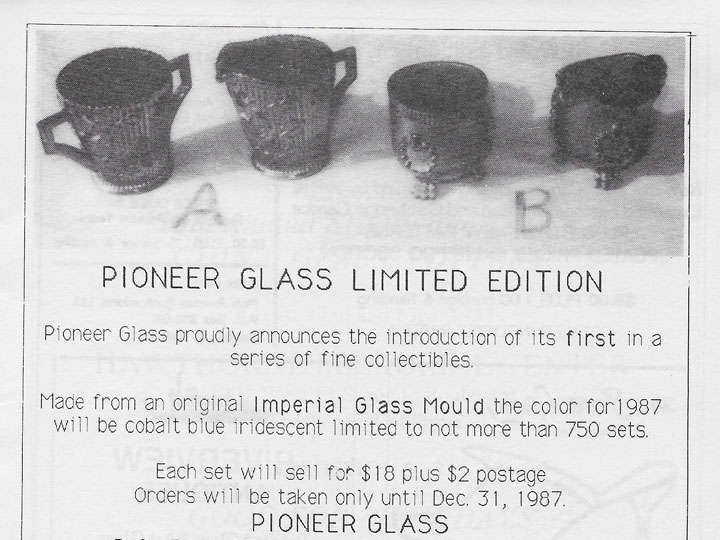 |
This ad is from the August 1987 Glass Review magazine.
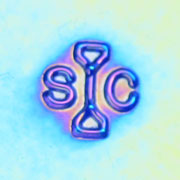 All these efforts were short lived and in 1995, the Imperial factory was razed to make way for a shopping mall thus ending carnival glass production, spanning over 80 years, in Bellaire Ohio. |
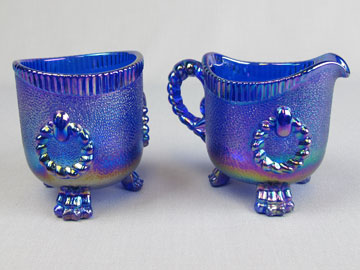 |
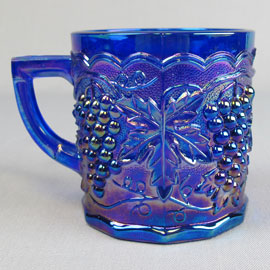  |
  |
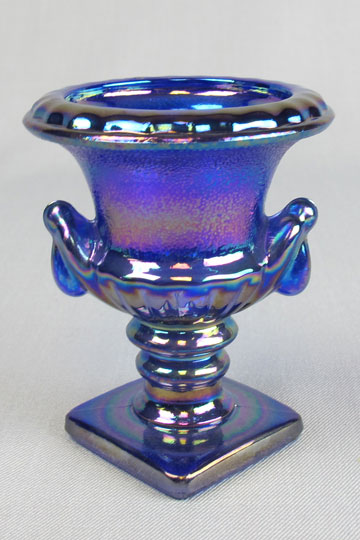 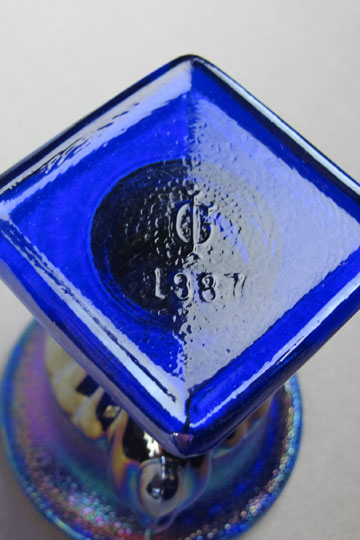 |
| For more information on Imperial Glass,
see Lloyd Reichel's book entitled "Modern Carnival Glass Collectors Book I".
see Lloyd Reichel's book entitled "Modern Carnival Glass Collectors Book II".
See article written in September 1992 CCGA newsletter
1979 Imperial catalog
Imperial catalogs presented in the Encore newsletter |














